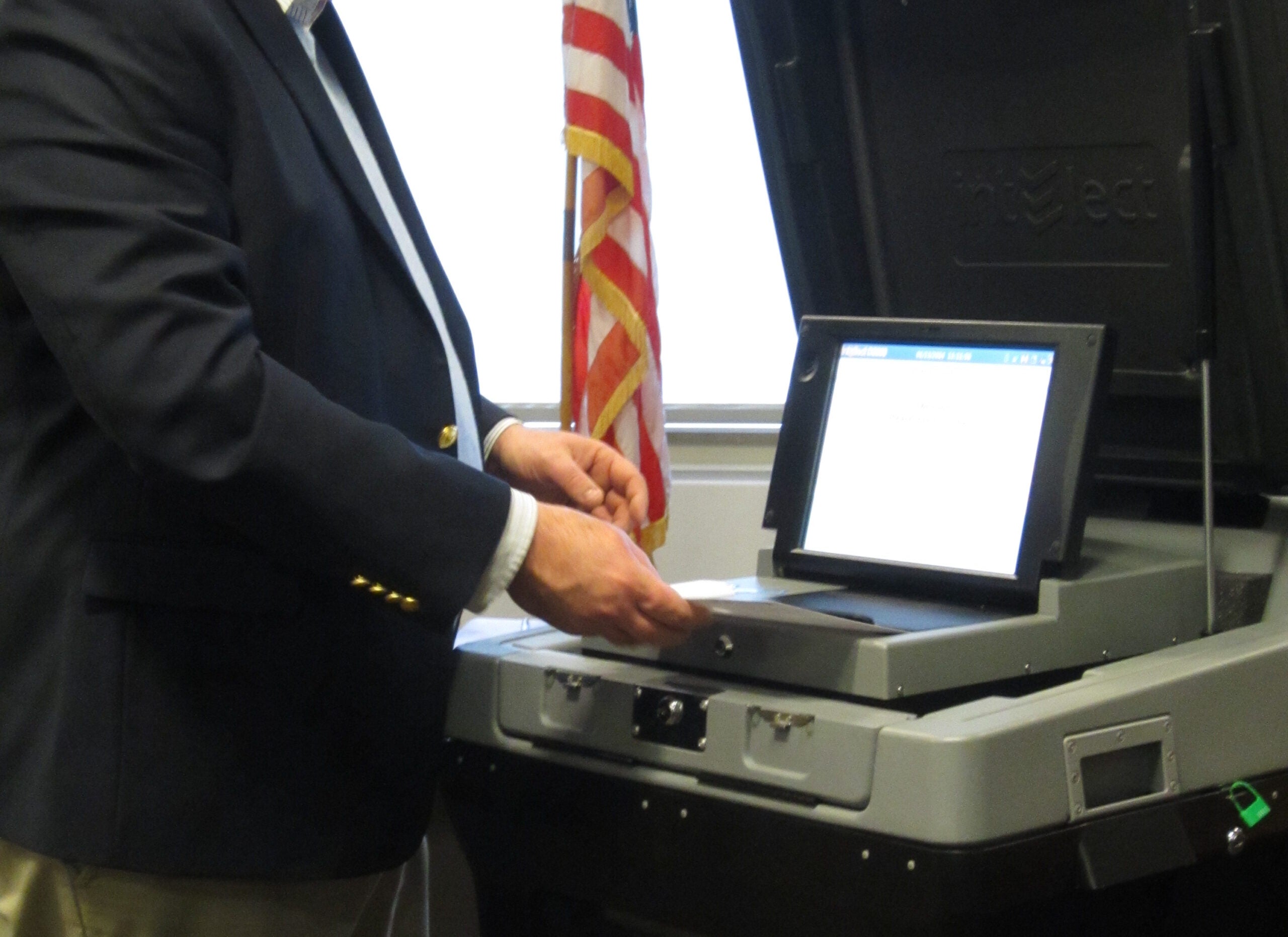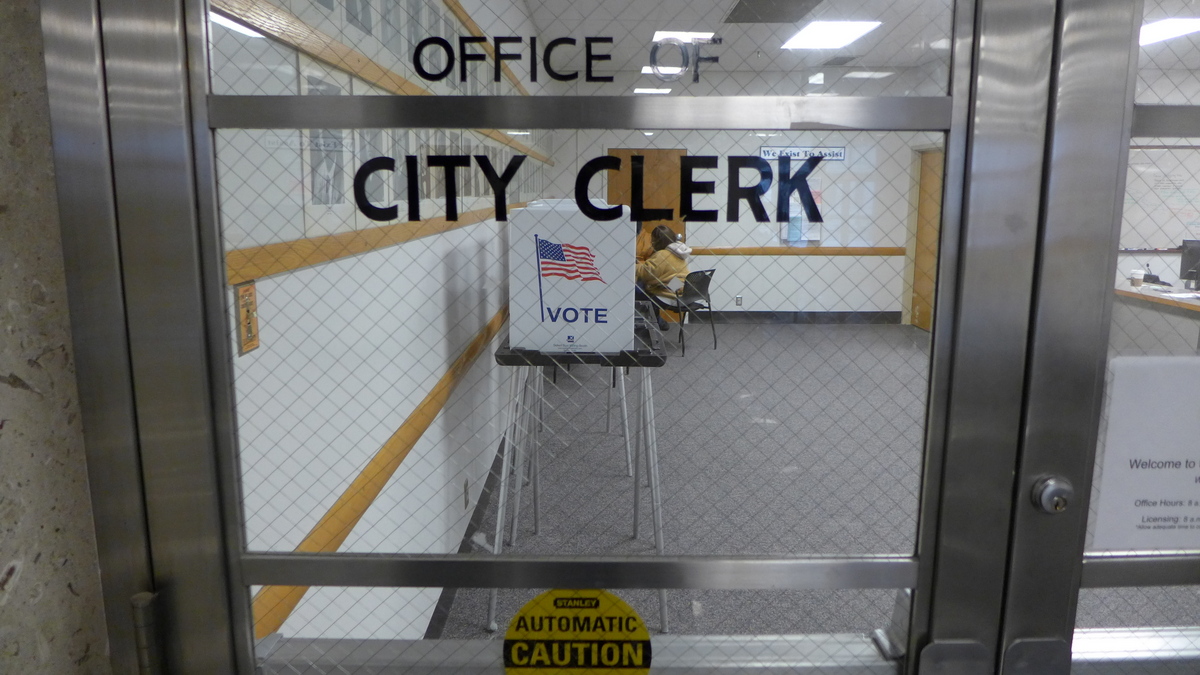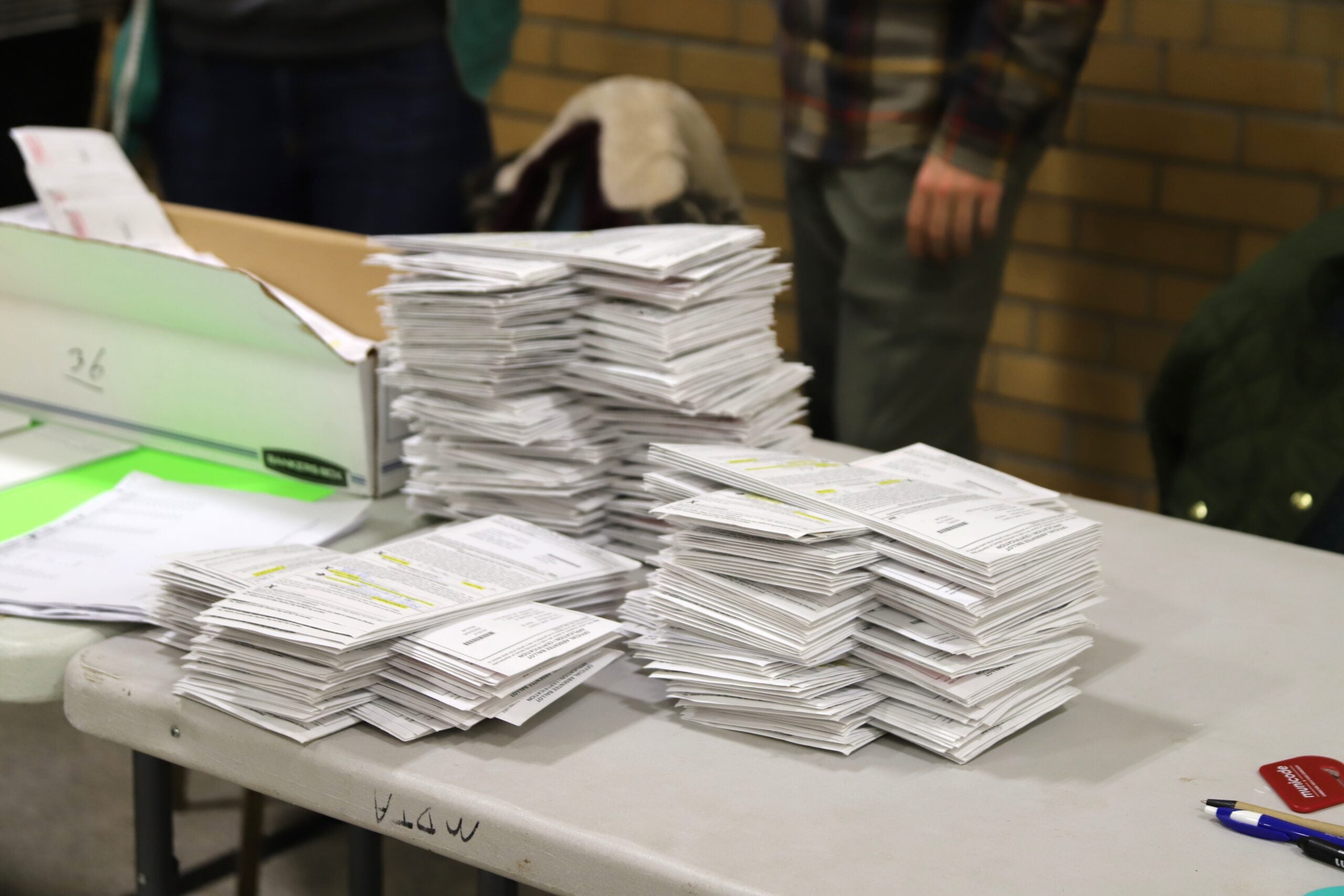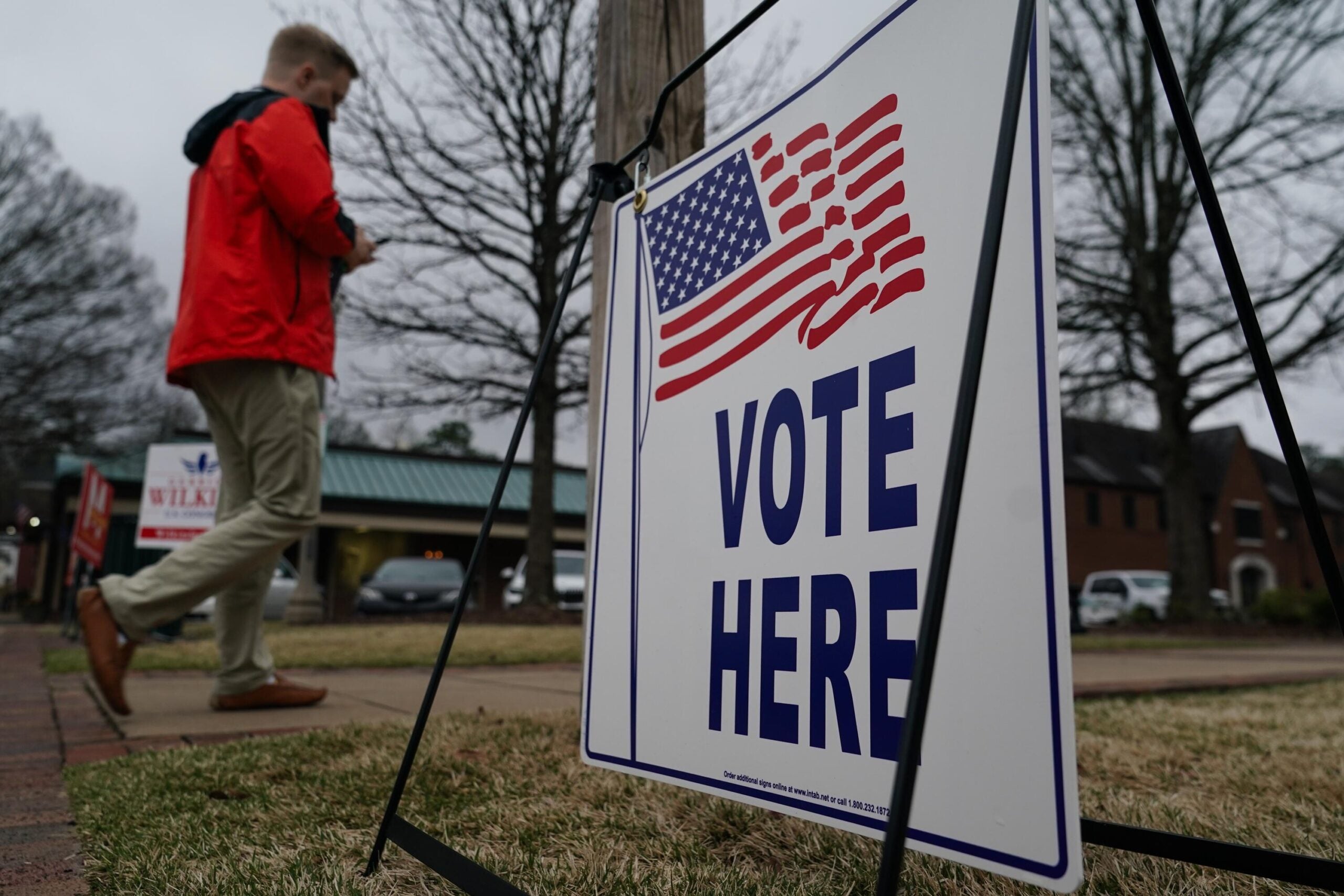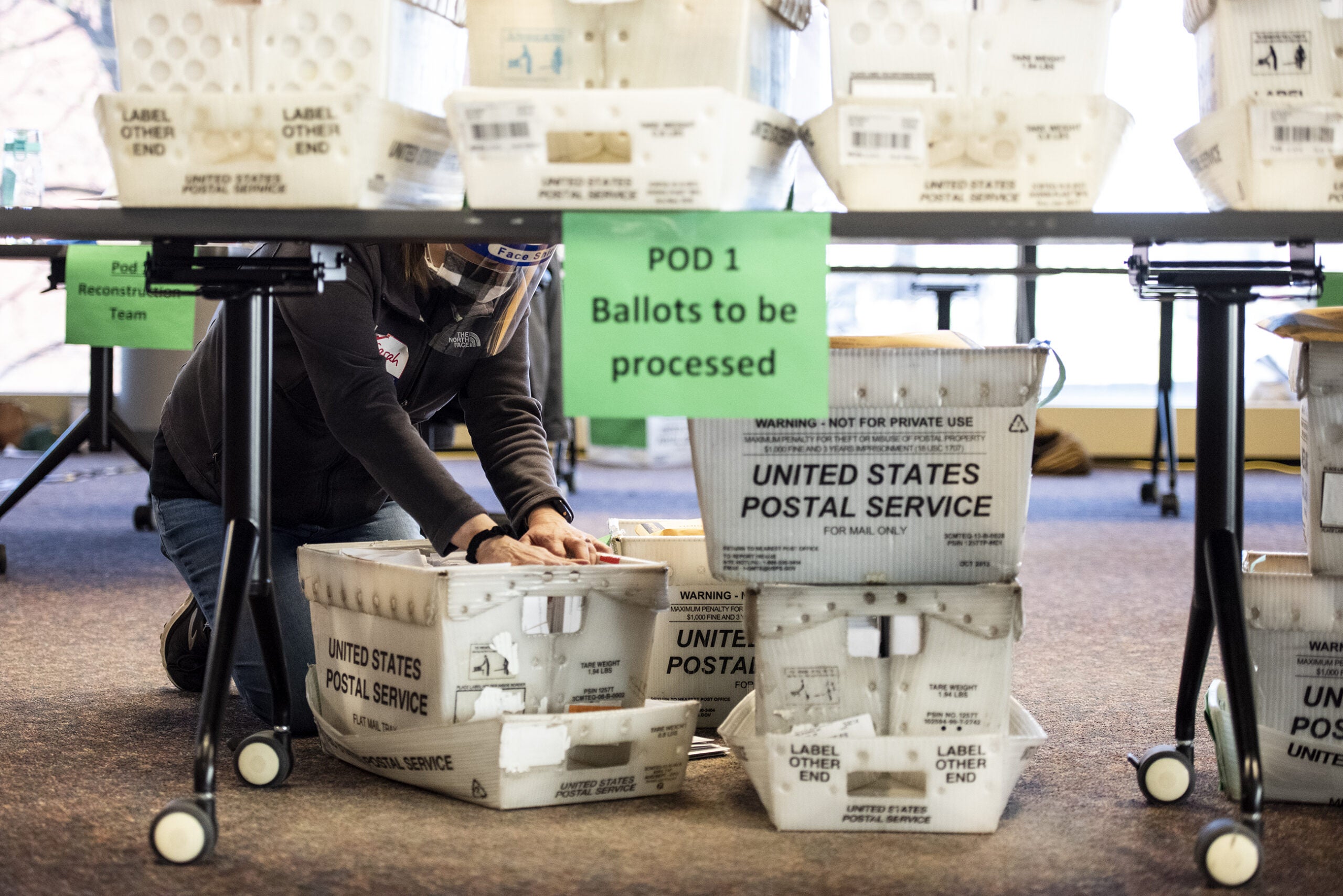Several Wisconsin counties are rolling out new voting machines for use in upcoming elections.
The counties include Brown, Dane, Jefferson, and La Crosse. Dane County Clerk Scott McDonell says the voting process on these new machines is similar to the old ones – people still fill out a paper ballot and feed it into an optical scanning machine.
One change, though, is on the paper ballot itself. Instead of completing an arrow, voters must now fill in ovals. Another new feature is the display screen: McDonell says when a voter submits their ballot, the screen will show a message either thanking the user for voting or letting them know if their ballot has a problem.
Stay informed on the latest news
Sign up for WPR’s email newsletter.
“We want to make sure that voters stop and wait for that message – wait for the machine to thank them for voting,” says McDonell.
If there’s a problem, the machine shows exactly where the issue is. McDonell says that’s a nice feature, and that it will be helpful to poll workers. These new machines aren’t new to the state, however; McDonell says both Wood and Portage counties already have these types of voting machines.
Another new feature on the machines goes beyond just counting the vote: McDonell says they scan and take an image of the ballot.
“It’s randomized so we don’t know who voted for who, but it’s another record of what happened at that polling place in case something were to happen to the ballots,” says McDonell. “It’s much easier to reconstruct what happened on Election Day, which will be really nice for us.”
Madison City Clerk Maribeth Witzel-Behl said problems with the old machines included paper jams, and the potential lack of availability for replacement parts. To prepare for the upcoming elections, Witzel-Behl says they’ve been trying to create situations to learn how to troubleshoot the machines.
“We’ve had a real hard time trying to get it to not work for us, so that is really promising for us as we approach our first election with these machines, knowing that we’re having a hard time getting it to break,” Witzel-Behl says.
A spokesperson for the Wisconsin Governmental Accountability Board says 90 percent of ballots cast in Wisconsin are cast using a type of optical scanning equipment. Another 5 percent are paper only; the remaining 5 percent of ballots are cast using direct recording equipment or the touchscreen machines.
Wisconsin Public Radio, © Copyright 2025, Board of Regents of the University of Wisconsin System and Wisconsin Educational Communications Board.
